Besiders
Il Casaro di Kings County
Down the winding roads of Mi’kma’ki/Nova Scotia’s fertile Annapolis Valley, you can find classic Italian cheeses as authentic as any from the old country. Ciro Comencini is a lifelong casaro (cheese maker) who has dedicated his life to handcrafting traditional cheeses from his small farm near the Atlantic coast.
Text & photos—Carolina Andrade
Waking early on a brisk October morning, Ciro Comencini rolls out of bed and begins his typical Tuesday routine: a quick shot of grappa or cognac and then straight to the dairy — about 50 m from his front door — by 5 a.m., where he dons a pair of bright orange size-14 rubber boots and a green waterproof apron and starts making mozzarella.
To make the soft Italian cheese in the traditional way that Comencini learned as a child, he starts by warming up raw milk, which he obtains from a farm down the road. Next, he adds rennet, a culture that coagulates the milk to form curd. Once the curd reaches an optimal acidity level, he adds boiling water and begins kneading it carefully by hand to achieve a smooth and silky texture. Finally, it’s ready to be stretched and shaped into balls of fresh mozza.
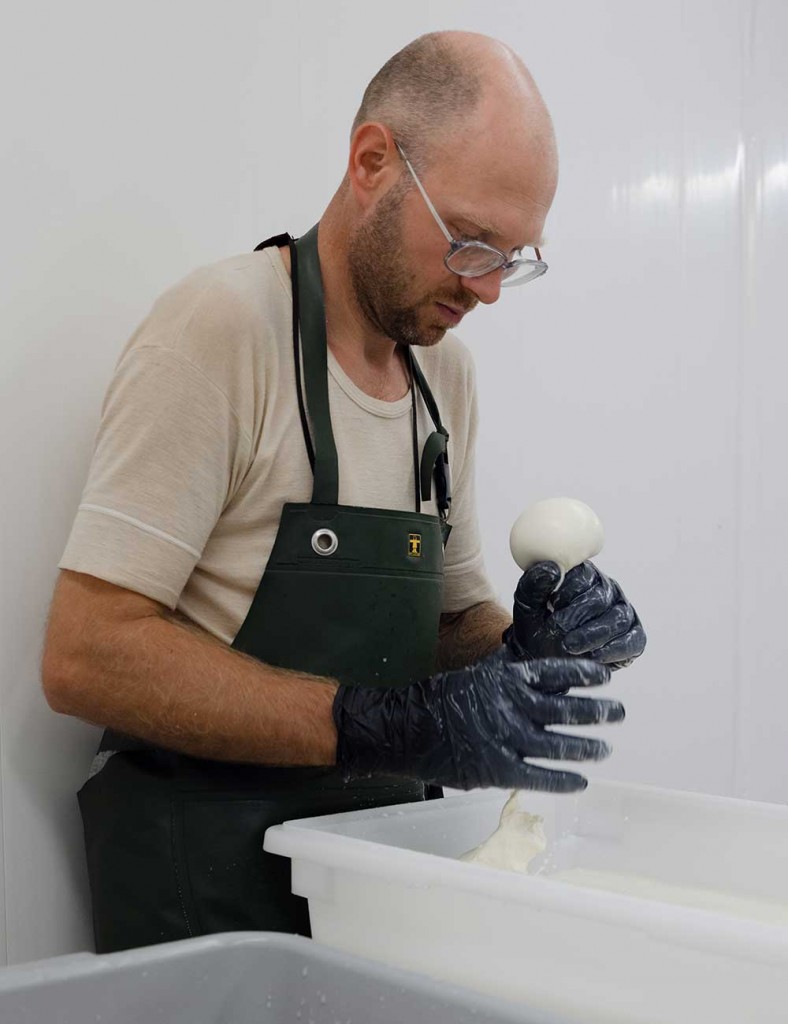
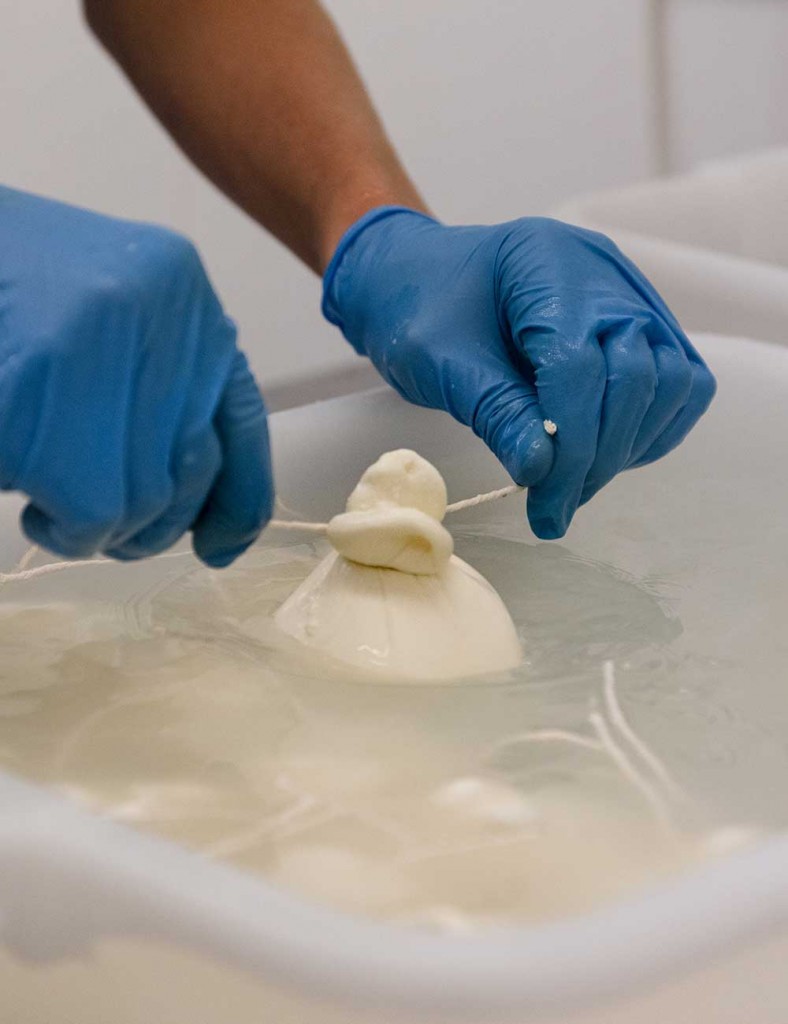
Apart from a quick break for coffee and polenta at 7:30 a.m., Comencini doesn’t stop until the morning’s work is finished, usually around 1 p.m., or earlier if his eldest children help. After lunch, he continues on with farm chores: clearing new pastures, tending to the animals, and checking cheeses until dinnertime.
“If I don’t got nothing to do, I go crazy,” he says of his vigorous work ethic, which only leaves him five or six hours of sleep a night. “You live what you live, right? And when it’s time to go, it’s time to go!”
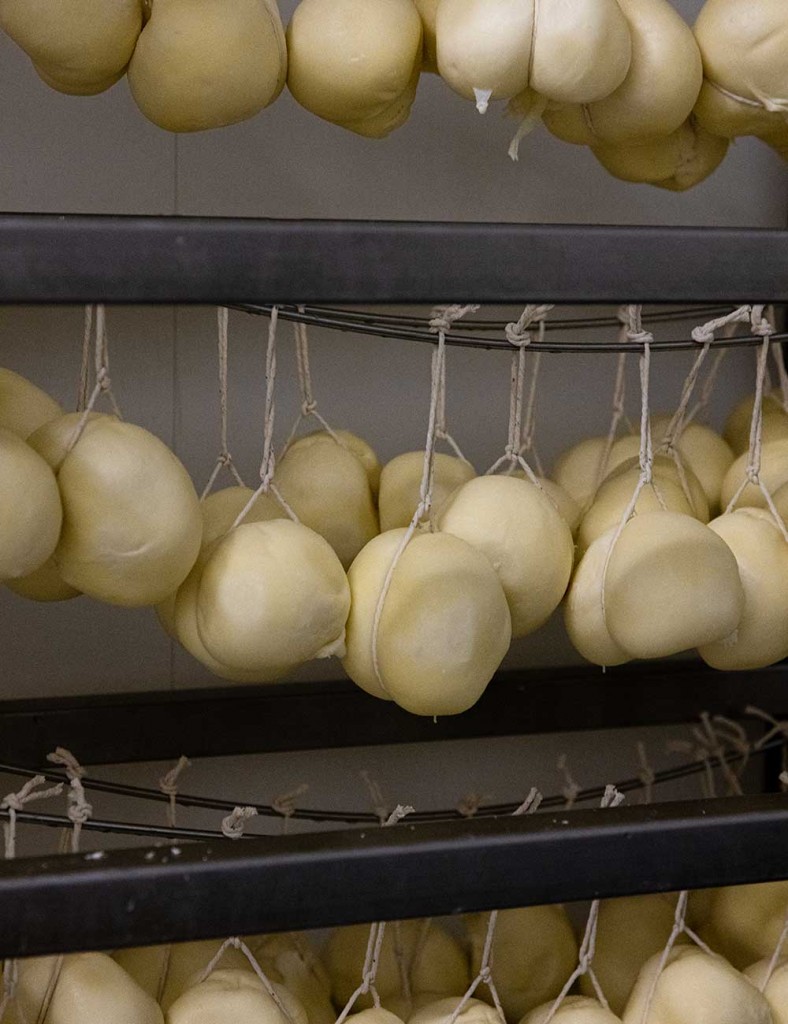
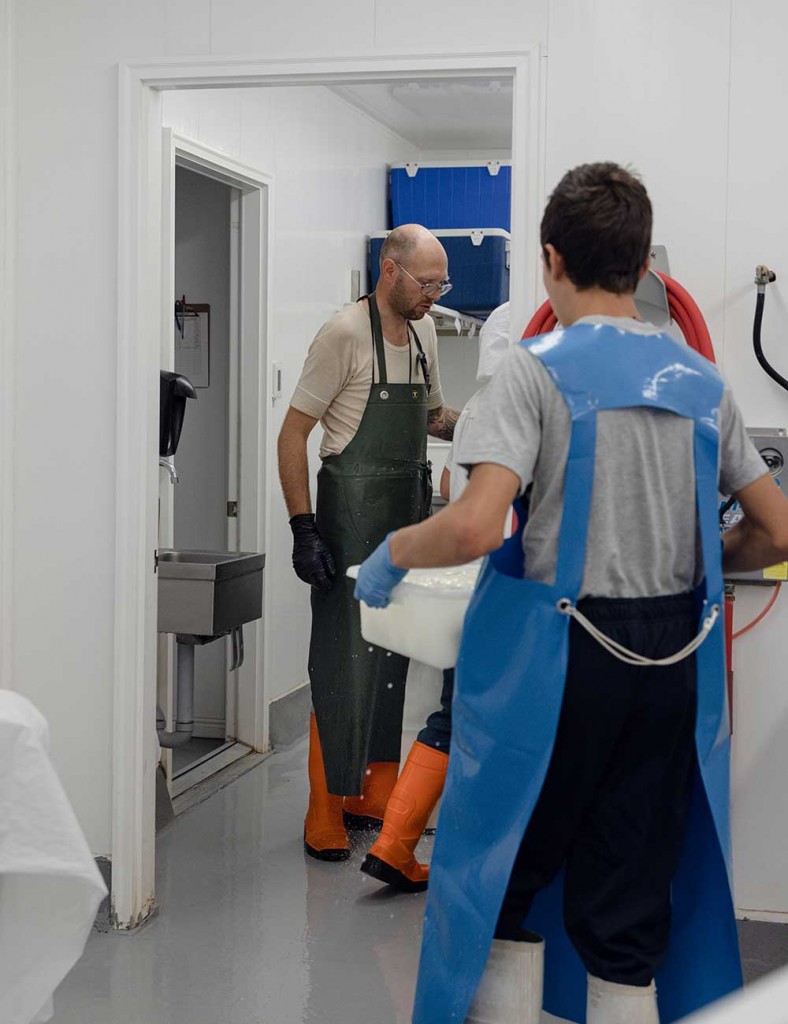
Keeping the link
____
Comencini takes pride in preserving the way of life and cultural traditions of Italian cheese making, and he’s eager to share the fruits of his labour. On Saturdays, Comencini and his eldest children, Linda, Pietro, and Leone, disperse to three farmers’ markets in Nova Scotia. Comencini stations himself in the parking lot, sitting in the open trunk of his minivan, selling his cheeses out of coolers: Asiago, Taleggio, fresh mozzarella, burrata, ricotta, scamorza, and stracchino.
Customers come to buy his cheese, but many also stop by to chat and catch up. He greets some with singing, everyone with a “Ciao!”, and sees them all off with a “love you guys!” The markets represent a tiny percentage of his sales, but he’s passionate about the relationships he forms there.
“When you go to the market I see the customers, and the more they know you, the more they understand and the more they like you,” he explains. “You feel good because they become almost like customers in the old days. The market keeps the link between you, the producer, and the customer.”
While I was visiting Comencini on a Saturday, a pregnant woman and her partner stopped by for cheese. “Ciro found out that she was pregnant even before our family did, because we asked if the cheese was pasteurized and he guessed ” they told me. “I can always tell from the cheeks and the way the face looks!” Comencini, a father of eight, interjected jubilantly.
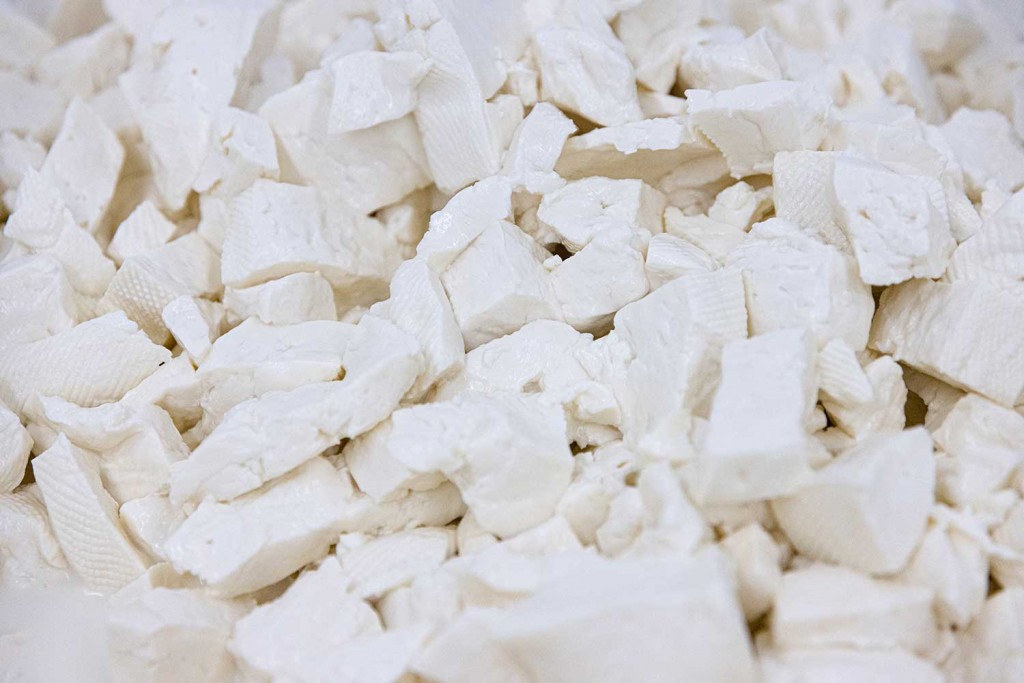
A little touch
____
Comencini has never known a life without cheese. He started working for his father’s cheese business when he was only five years old. Summers were spent at his family’s farm in the rocky Italian Alps, and winters at their other farm in the valley of Verona. He made the 50 km journey every spring and autumn, sometimes on the back of the family mule, led by his father when he was young. At night, they slept on the ground by the warmth of a campfire.
“I was not born one hundred years ago, but I was living like it was one hundred years ago,” he says of his upbringing. “Italy was already gone from that world, but I was still in the old world.”
By the age of 14, he was proficient enough to run his father’s business: calling suppliers, getting the feed for their cows, talking to customers, and so on. Some things have changed since those days. His family used to warm up the raw milk over an open fire, but now he uses an industrial-size bain-marie, for consistency’s sake. Still, much has also remained the same, like the way he measures acidity.
“To turn [milk] to curd it has to be body temperature,” Comencini explains, gesturing as he talks. “So you feel it [with your hand] and if you feel no difference between your temperature and the curd’s temperature — that’s it! Even the thermometer I don’t trust; you always give it a little touch because that makes the difference.”
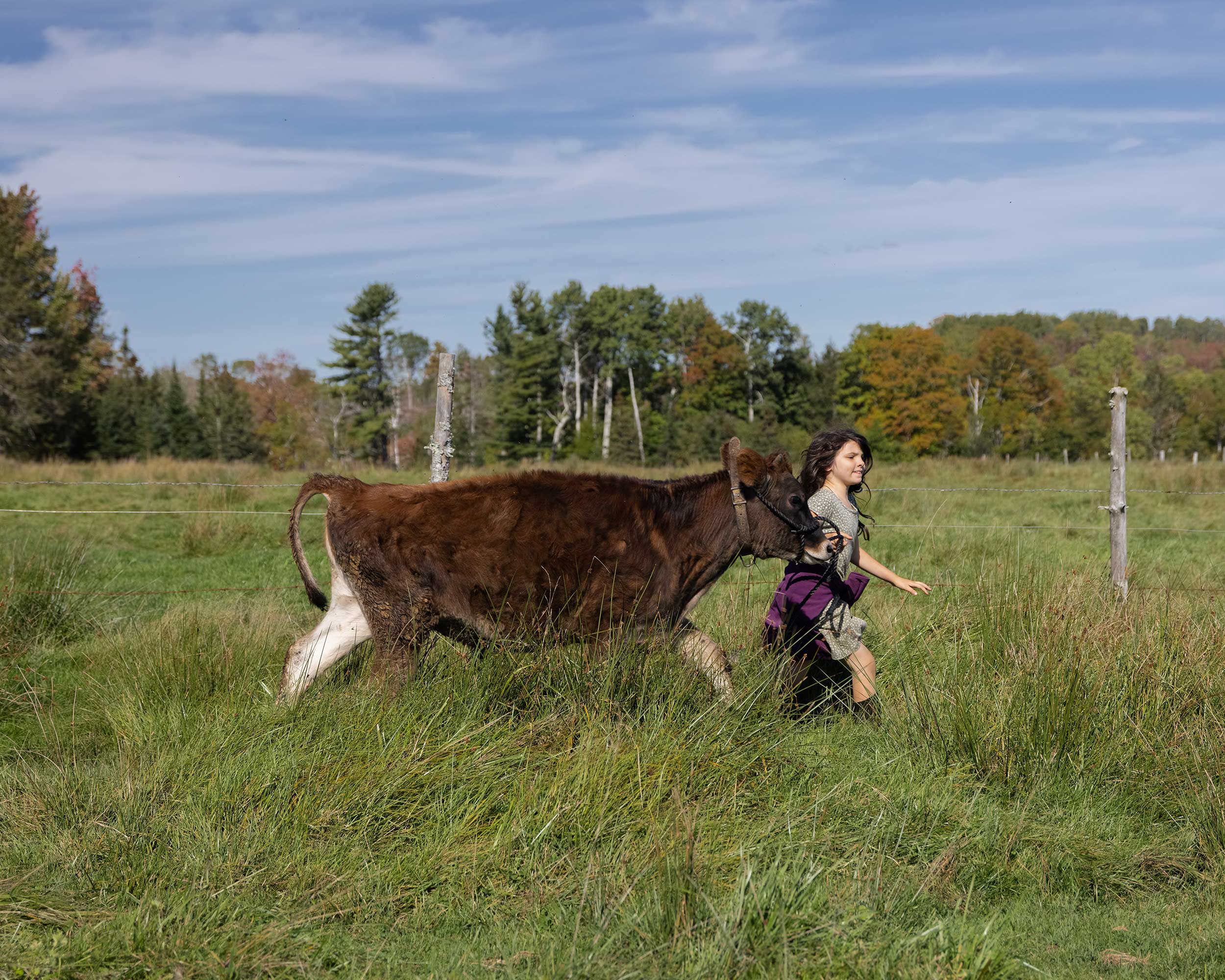
Keep on going
____
Three of Comencini’s eight children were born in Italy, the other five in Canada. They all refer to him as “Papi,”and they proudly embrace their roles on the farm, like picking tomatoes, gathering freshly laid eggs, herding the cows, and checking on various animals. Mary, a seven-year-old, takes special care of one of the oxen. “That’s Mary’s ox,” explains her 10-year-old sister, Stella.
Walking through the barn, six-year-old Mosé points out the animals: cows, oxen, sheep, pigs, chickens, roosters, turkeys, guinea fowl, farm pigeons, and bunnies. Most are for eating, so they don’t bother naming them. “Farm pigeons are not like regular pigeons. They’re the kind you eat,” Pietro tells me.
Ciro invites the kids into the dairy to work once they are old enough and interested. He hopes to pass the business on to them and provide them all with jobs once they have completed their schooling. “We always say to the children: ‘Muso duro bareta fraca.’ It means, keep your head down and keep on going.”
Carolina Andrade is a Chilean Canadian photographer and writer based in K’jipuktuk (Halifax, Nova Scotia). She focuses her lens on the light within stories that encourage compassion and remind us that we are all human beings. Her work can be seen in publications including the Globe and Mail, VICE, Reader’s Digest, Maclean’s, and more.
Never Miss Another Issue
Two issues per year
25% OFF previous issues
Free Shipping in Canada


